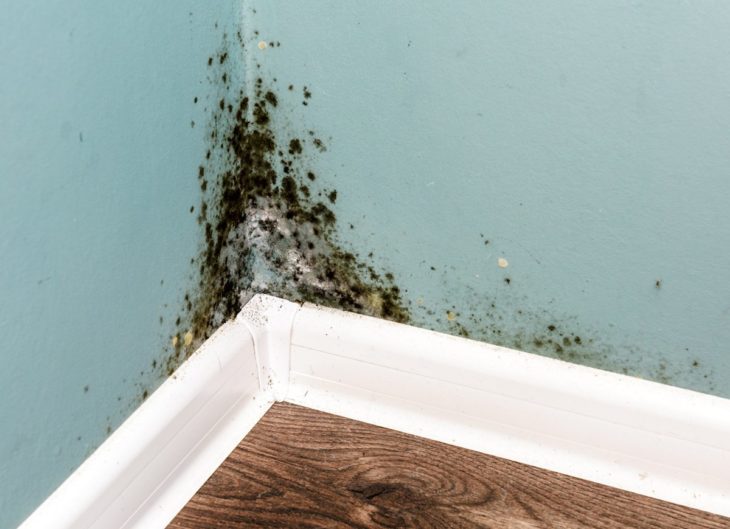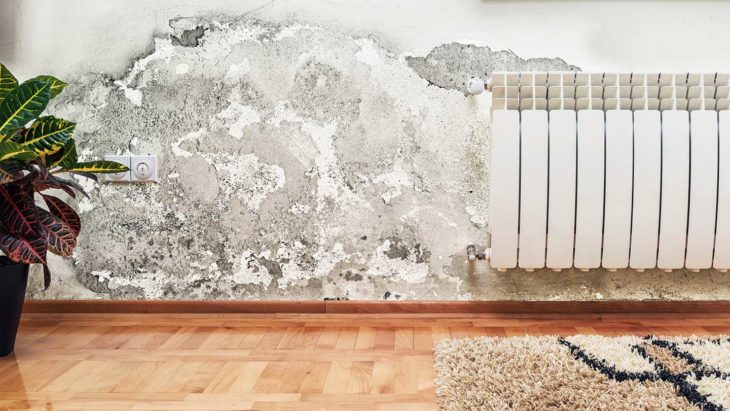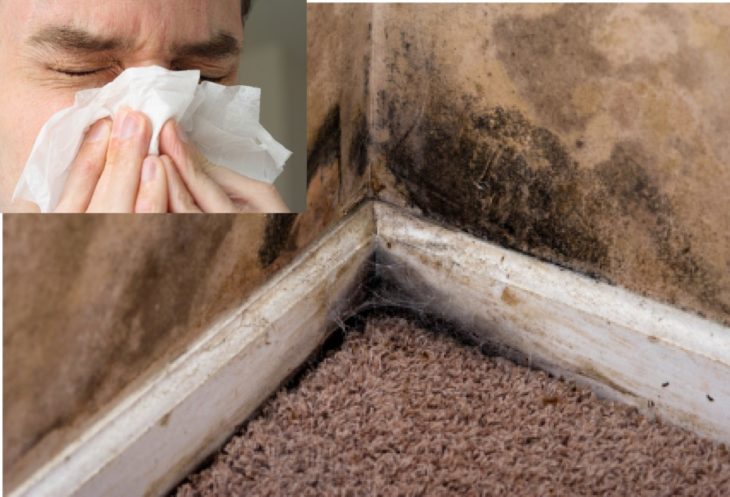If your home gets flooded, it’s important that you get in gear quick because mold can grow in it. Mold is a potentially dangerous thing, and not only can it be harmful for you and your family, but it can also cause a lot of structural damage in your home. If you don’t catch it quickly, mold can develop in about a day or two, and then it will spread like wildfire in your home if it’s left to develop. Not only that, but it’s really hard to get rid of all mold.
Potential Hazards
Believe it or not, if mold has the chance to grow, it can also cause more problems when you’re trying to clean it up, so that’s why it’s extremely important to act quickly after a flood to remove all water damage from your home. Mold spores during cleanup are easily transferred to other surfaces and even go airborne when you’re cleaning it up says sandiegowaterdamagesd.com. This can be potentially fatal for women and children, as well as those who have respiratory problems already.

Source: bobvila.com
How it Grows So Fast
Mold is commonly referred to as mildew, and it’s actually a growth that develops on wet materials. Usually, you’ll smell the mold at the beginning stages and it will give that odor before it starts to grow (like when you leave laundry in the washing machine too long). The darker corners of your home are more susceptible to getting mold to grow as well. While it important to the deterioration of plant matter, it’s harmful to our homes and us in the wrong conditions like being inside. Wet conditions in damp environments with poor lighting are where the fungus grows the most.
One of the biggest reasons that some molds are extremely toxic to humans is because just like with mushrooms. Pair those mycotoxins with the fact that they can be transferred easily through the air and onto other surfaces quickly, making them more harmful and even deadly.

Source: everydayhealth.com
What are Symptoms of Mold Exposure?
If you’ve been exposed to mold, you may end up getting persistent runny nose or sinus problems, watery eyes, repertory issues, and even difficulty breathing, cough, sore throat, skin issues like eczema or psoriasis, or even just a rash, headache, and more dangerous symptoms like chronic lung disease can result as exposure to mold is frequent. Also, even penicillium (where we get penicillin from) can also cause respiratory problems in infants and toddlers, developing into asthma over time.

Source: indoorrestore.com
Conclusion
The best way to get rid of mold is to get in and get rid of all moisture out of your home as possible within the first 24-48 hours after flood damage occurs. While this isn’t always an easy task, it is nevertheless possible. Just be sure that you don’t have electricity on in your home, as this standing water can be harmful and end up causing electric shock if you use electrical items or outlets in your home that may have gotten wet.
